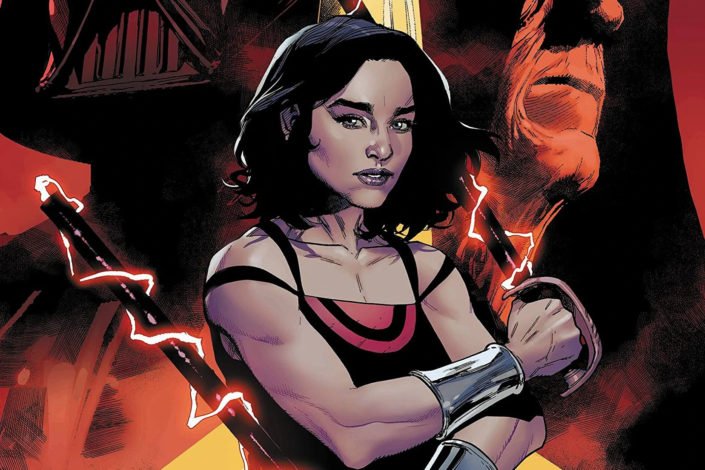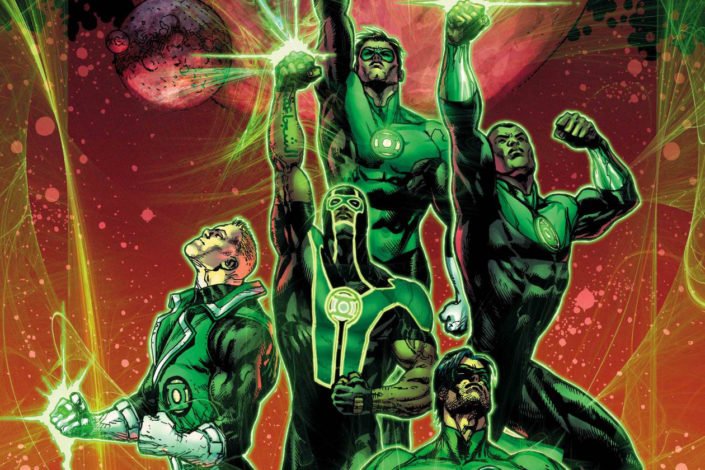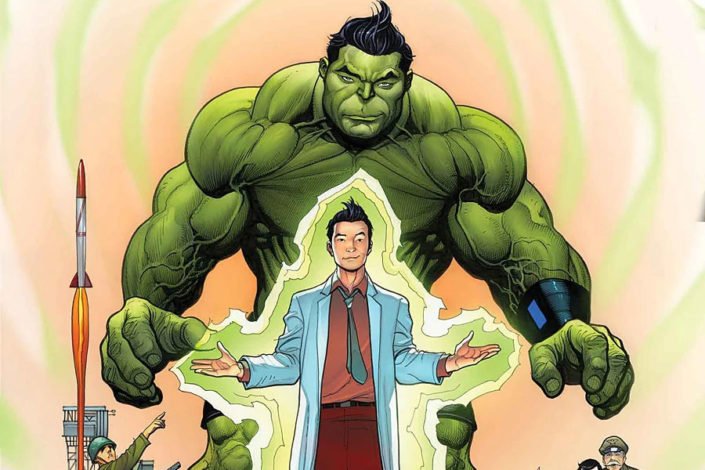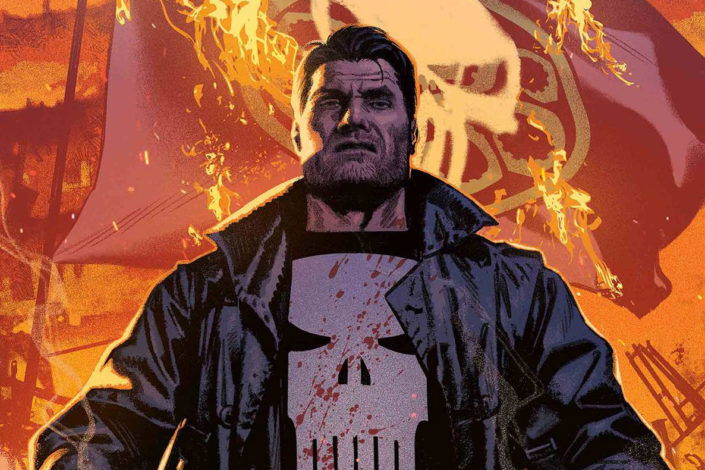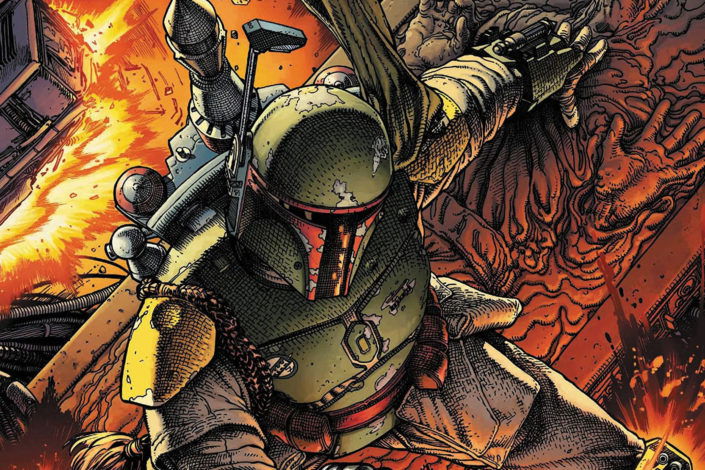Aquaman Reading Order, the King of Atlantis

Aquaman emerged from the sea during the Golden Age, making his first appearance in More Fun Comics #73. It was only one month after Wonder Woman‘s first appearance, and it was the same issue as Green Arrow and Speedy. Since then, he has been one of the more enduring heroes of DC Comics. Yet, the King of the Sea is still often overshadowed and overlooked. Even his splash on the big screen where he was played by Jason Momoa didn’t change the situation.
Created by Paul Norris and Mort Weisinger, Aquaman from the Golden Age was quite different from the hero we know today. First, this version of the character – known today as the Aquaman of Earth-2 – was not a true denizen of Atlantis. He had no particular powers. His father was a scientist and undersea explorer who discovered the ancient city of Atlantis. He taught his son how to survive and breathe underwater, and how to use all the power of the sea to make him strong and swift. Then, he was erased from existence with Crisis on Infinite Earths.
His origin story has been revised a few times since then. He is now known as Arthur Curry, half Atlantean, half-human, and undersea royalty. Since his debut and his gained popularity from his 1960s animated appearances, DC worked at making Aquaman more powerful and edgier, but failed to give him a more defined role and purpose. For a very long time, DC Comics didn’t know what to do with the character.
If Aquaman is more of a joke for some people, the character has lived some great, strange, colorful, and exciting adventures. He has gained a devoted fan base and the respect that he is due as one of the top-tier DC superheroes. Long live the King!
